Spinal Freedom in Revolved Low Lunge
5-Part Twist Technique
anjaneyasana
REVOLVED LOW LUNGE TECHNIQUE
You’re going to multiply the benefits of twisting postures with this 5-part twist technique. There are already benefits you may knowingly and/or unknowingly receive from incorporating twist postures into your asana practice, but this is going to take it to a new level. This technique is going to show you how you can strengthen your body and be more intentional about how you execute twist postures. In today’s video, Matt breaks down this technique in Revolved Low Lunge. The technique can be applied to other twisting postures in your yoga practice, but Revolved Low Lunge is a great way to explore the technique with a solid base.
TWISTS & FOLDS
TWISTS & FOLDS
- Strengthen core muscles of rotation and side bends
- Improve spinal mobility
- Improve spinal flexion for seated postures
- Strengthen your back and deep core
- Access greater flexibility of the hips for seated postures
- Classes will bring you to a sweat and back down to a relaxed state
- 12 Classes: All levels appropriate
- Lifetime unlimited access to all
- Attend the livestream OR practice the replays any time that's convenient for you
$168.00 $138.00
THE BENEFITS OF TWIST POSTURES
So, what are some of the benefits of twist postures? At the most basic level, there’s nothing like the “feel good” sensation they provide. Twist postures are often a nice go-to when you are experiencing tension in your back. It’s almost an intuitive response of the body to twist when we want to “get the kinks out,” so to speak. Twists also play a role in increased circulation and mobility. “Twists do affect our mobility (movement of organs in relation to each other) and our motility (movement within an organ),” which also promotes increased circulation. This is not to say that no other factors are involved, but there is a contribution. Twists are an important part of creating a more balanced asana practice.
Kaminoff, Leslie & Matthews, Amy. Yoga Anatomy, Human Kinetics, Champaign, IL 2012
WATCH THE VIDEO
SPINAL FREEDOM: 5-PART TWIST TECHNIQUE
SPINAL HEALTH & FREEDOM
“The spine is literally the ‘core’ of the body. It is the deepest, most centrally located structure.” David Keil, in Functional Anatomy of Yoga, goes on to explain that there is a variety of structures in the body that are directly and indirectly attached to the spine. This delineates the importance and weight that the spine carries in your body.
In order to experience “spinal freedom,” you must have a level of both strength and fluidity in the spine. Your experience on your yoga mat always depends on your intention regarding a particular pose and/or practice. It also depends on what you know about your body. In regard to twists and the 5-part technique he utilizes in Revolved Low Lunge, Matt talks about this approach to the technique. You’ll see in the video (and read in the breakdown) that there are several muscle activations that take place. These activations can be executed to suit your body’s individual needs. Matt details that if you are hypermobile, which he talks about in the full video from which today’s clip is extracted (see below), it may be more appropriate to hold onto each activation as you continue up the ladder of steps. This will help to create more stability. If the opposite is true, then you may perform the activations one at a time, because implementing the activations one at a time helps create more movement. Whether your intention is to stabilize or to create more movement, both are necessary in order to maintain spinal health.
Keil, David. Functional Anatomy of Yoga: A Guide to Practitioners and Teachers, Lotus Publishing, Chichester, England. 2014
200 HOUR ONLINE TEACHER TRAINING
GET CERTIFIED & DEEPEN YOUR YOGA PRACTICE
- Deepen your yoga practice
- Build confidence speaking in front of groups in person and online
- Learn foundational class structures and templates
- Learn techniques for a wide range of yoga postures
- Get certified and highly qualified to teach yoga
- Yoga Alliance Globally Recognized Certification Program
MOVEMENTS OF THE SPINE
Within this twist technique, there is so much more than rotation in order to increase your body’s potential. The technique, demonstrated in Revolved Low Lunge, shows you how to create movement with the strength of the rotators of the spine and the abdominal muscles. Instead of relying on a more passive execution, using the strength and push of the rear deltoids and triceps to deepen the twist, this technique provides an opportunity to create more strength and integrity so as to support spinal stability and freedom of movement. You’ll see in Matt’s demonstration that multiple movements of the spine are implemented in order to fulfill the technique. You’ll also see a degree of axial extension (lifting and lengthening in order to activate the transversus abdominis); spinal flexion (to initiate the twist); a degree of lateral flexion on each side of the body; and lastly, spinal extension in order to create the backbend within the twist. Exploring all of these movements of the spine supports the ambition to create stability, strength, flexibility, and mobility. Let’s break down the steps of this technique in Revolved Low Lunge.
300 HOUR ONLINE TEACHER TRAINING
GET 500 HOUR CERTIFIED AS A MASTER TEACHER
Master your skill set as a teacher through refined techniques, anatomy, biomechanics, sequencing, philosophy, meditation techniques, theming, yoga business, and much more!
- Get 500 hour certified
- Learn anatomy, biomechanics, asana techniques
- Expand your teaching skills
- Masterful sequencing and verbal delivery
- Learn meditation and breathwork techniques
- Transformative tools: theming, dharma talks, satsang
5-PART TWIST TECHNIQUE
In truth, the technique can probably be broken down into 4 parts, but there’s no getting stronger or going deeper in any yoga posture without setting a foundation and becoming more aware of your breath within each step.
In the video, Matt goes through the steps multiple times to offer a focus on the technique itself, the muscle activations taking place, and the breath-pairing alongside the technique.
Steps in Revolved Low Lunge
(Left foot forward)
- Set the foundation—pull your knees together and pull your belly up
- Round the upper back and twist
- Side bend up to the sky (left waistline shortens)
- *Pause and wait, breath in, then side bend back towards the thigh (close the gap—right waistline shortens)
- Backbend (with option to open the arms)
Breath-Pairing Steps
- Take a breath in and pull the belly in and up as in Cobra; as you exhale, round the upper back and initiate the twist
- Inhale, side bend the left ribs up to the sky (you can also hold the side bend for some of the twist)
- Inhale in the side bend; on the exhale, the right-side body gets short, so side bend towards the ground
- Inhale backbend
- Twist more on the exhale
REQUIRE MORE FROM YOUR TWISTS
Approaching twists in this way offers you the opportunity to be in more control of your body, both on the mat and in your everyday functional movement and activities. Moving in this way creates more confidence. It may be more challenging to ask more from your body, but the payoff is extraordinary. Not only will you experience a deeper twist, but the sensations you are left with also reveal the strength and integrity you are creating in your body. The advantage of exploring this twist technique in Revolved Low Lunge is that you can remain closer to the ground, which removes the added balance element. You can safely delve into the technique and then later apply it to more complex twisting postures. Take the opportunity to dive deeper into the possibility of twists in Matt’s December 2022 immersion, Twists & Folds.
See you on the mat!
The 200 Hr. Teacher Training: Click Here to See the Next Start Date
The 300 Hr. Advanced Teacher Training: Click Here to See the Next Start Date
Article by Trish Curling
Video Extracted From: Spinal Awakening
UPCOMING TEACHER TRAININGS
Continue Learning
Eka Pada Bakasana
Eka Pada BakasanaSINGLE LEG CROWEKA PADA BAKASANA Eka Pada Bakasana asks us to balance curiosity with patience. This one-legged crow variation isn’t just about lifting a leg, it’s about organizing pressure, timing, and trust in unfamiliar territory. The posture...
Eight Angle Pose
Eight Angle PoseASTAVAKRASANAEIGHT ANGLE POSE Sometimes we think arm balances are about getting higher, but Matt reframes Eight Angle pose as a mechanics workshop. This posture thrives when we test rotation, pelvic placement, and upper-body stability as interconnected...
Approachable Arm Balances
Approachable Arm BalancesPARSVA BAKASANAAPPROACHABLE ARM BALANCES Approachable arm balances aren’t about fearlessness; they’re about informed action. When we understand the mechanics behind the posture, we gain the power to shape our own outcomes. Rather than jumping...
Perfect Protraction For Crow Pose
Perfect Protraction For Crow PoseBAKASANAPERFECT PROTRACTION FOR CROW POSE When working toward perfect protraction for Crow Pose, it’s essential to understand the role of the serratus anterior, the “fingertip” muscles that wrap around the rib cage and attach to the...
Help For Hamstrings
Help For HamstringsFLEXIBILITYHELP FOR HAMSTRINGS “Yoga butt” or high hamstring tendonitis can be a literal pain where the sit bones meet the hamstrings and glutes. This area is prone to overuse injuries, especially when repetitive forward folds overstretch rather...
Pelvic Floor and Groin Support
Pelvic Floor & Groin SupportCOREPELVIC FLOOR AND GROIN SUPPORT Pelvic floor instability can quietly influence how we move and how safe we feel in our practice. Weakness or imbalance here may lead to groin strains, hip discomfort, or even low-back issues....
TWISTS & FOLDS
TWISTS & FOLDS
- Strengthen core muscles of rotation and side bends
- Improve spinal mobility
- Improve spinal flexion for seated postures
- Strengthen your back and deep core
- Access greater flexibility of the hips for seated postures
- Classes will bring you to a sweat and back down to a relaxed state
- 12 Classes: All levels appropriate
- Lifetime unlimited access to all
- Attend the livestream OR practice the replays any time that's convenient for you
$168.00 $138.00
THE FREE TECHNIQUE PACK
When You Subscribe, You Will Get Instant Access to
- the Technique Pack: 15 yoga pose breakdowns
- exclusive online course discounts
- exclusive blogs and videos

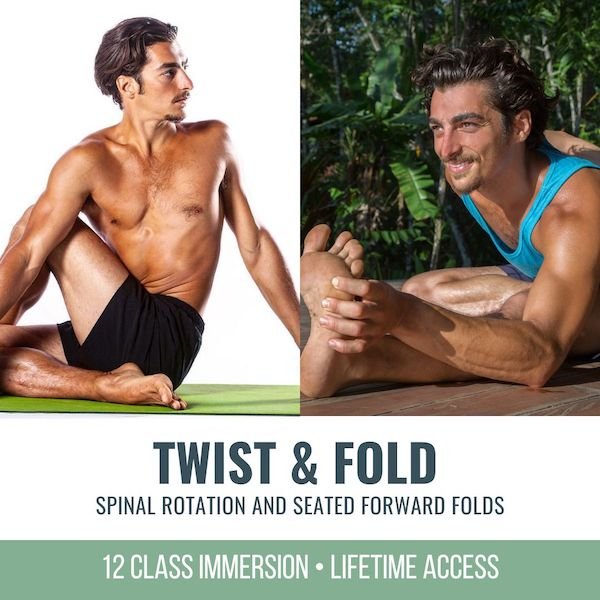



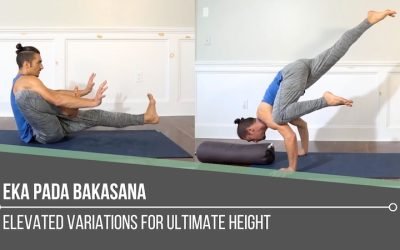
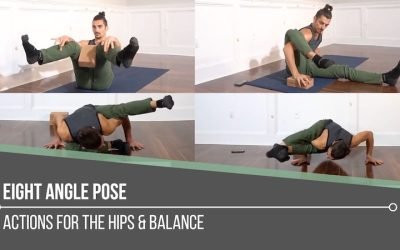
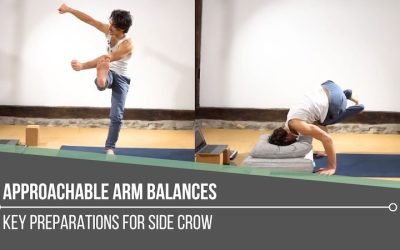
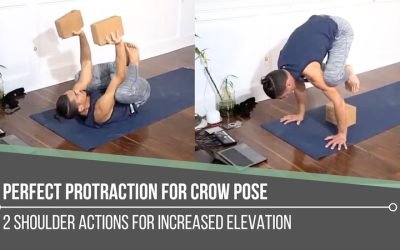
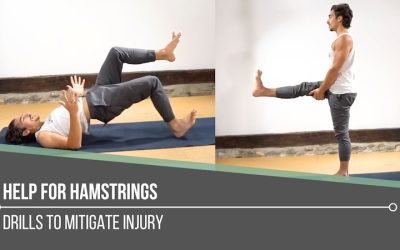
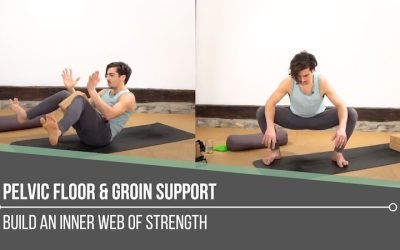


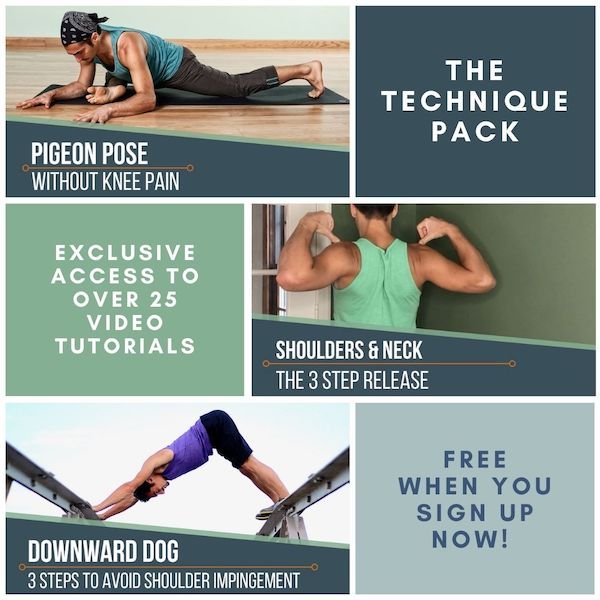
0 Comments